Initially, I was looking for a 10 stops ND filter for my landscape photography purposes. But since my Samyang 14mm cannot be fitted with any kind of filters plus the size of Lee / Cokin / Hitech that are suitable are quite expensive which is around RM1000 (filter holder not included), so this inferior idea came in my mind ; To design an ND filter from el cheapo material ; Welding glass. This idea came when I was googling on how to make ND filter for long exposure.
So, last Friday morning I went to the store which supply welding equipment. Even though there are no glass with suitable size which is 165mm x 165mm, but the one that available which is 4'' x 5'' is already sufficient for this testing purposes.
In order to make the filter holder, I used few layers of cardboard which were cut off to the size of the welding glass. And I put together the black plastic in order to avoid the leaking light during the exposure. Total cost of doing this filter is around NZD30.
Layers of cardboard which were cut and stacked before being glued to welding glass.
To avoid leaking light, I put a black plastic as a hood.
Just put it on the lens.
For your information, welding glass that I used is grade 11 / shade 11. Things become difficult for me here as I need to determine the right settings to be used. This is due to the different versions on the density of this grade 11. Some said that it was close to 12 stops while others said it is 14 stops. So I made rough estimation by taking the reading of shutter speed before and after this filter set up and then comparing with the ND filter table I have. So my initial conclusion is that this welding glass has the intensity of 15 stops.
Below is the image taken SOOC using this filter :
As you can see here, there are strong green cast present. This is normal as the welding glass is designed that way. It can be corrected using various software provided that it was shot in RAW format. This can be done using "tint" slider in Adobe Camera RAW to the maximum, or by using gray point selection in Nikon Capture NX2.
Other than that, some red dots and lines also can be seen. This is because of the light leaking. And the most obvious, vignetting. So, I probably need to redesign the shape of this filter holder in order to reduce these effects. Plus I need to find much bigger glass, which is around 165mm x 165mm.
But, in my humble opinion the leaking light and vignetting will not happen with the common lenses used as the lens hood can be simply removed. Compared to my Samyang lens which has fixed, petal-shaped hood and has longer diameter, these problems are quite obvious.
In terms of image quality, I found that the images captured were not downgraded much. The sharpness is there (provided that both front element of lens and filter are clean from dust and blotches), but the colors of the image are quite dull and not too vibrant. Due to that reasons, I would like to conclude that this filter is suitable for monochrome long exposure only.
Below are some of the pictures I captured with this Welding Glass:
That's all for now. Thanks for your time reading this entry.
Cheers.

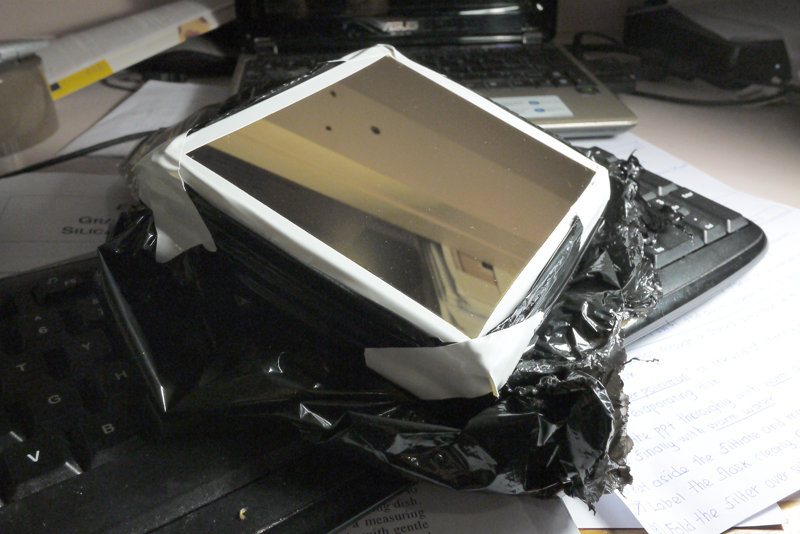
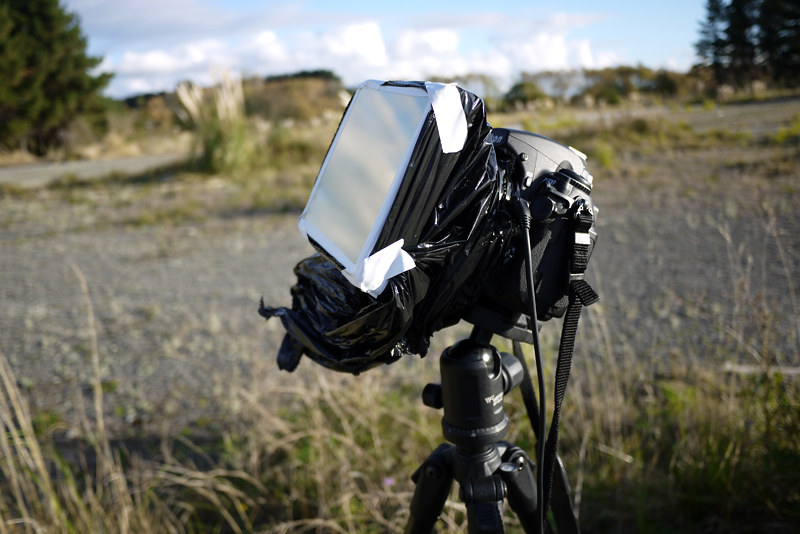
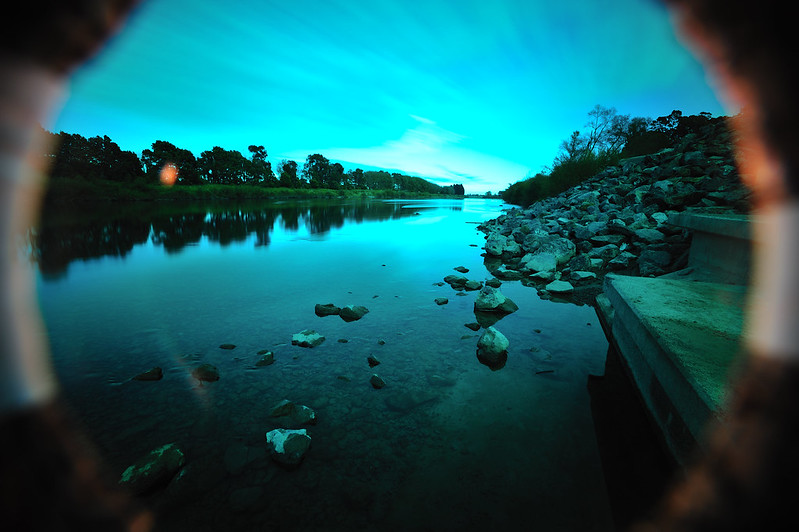
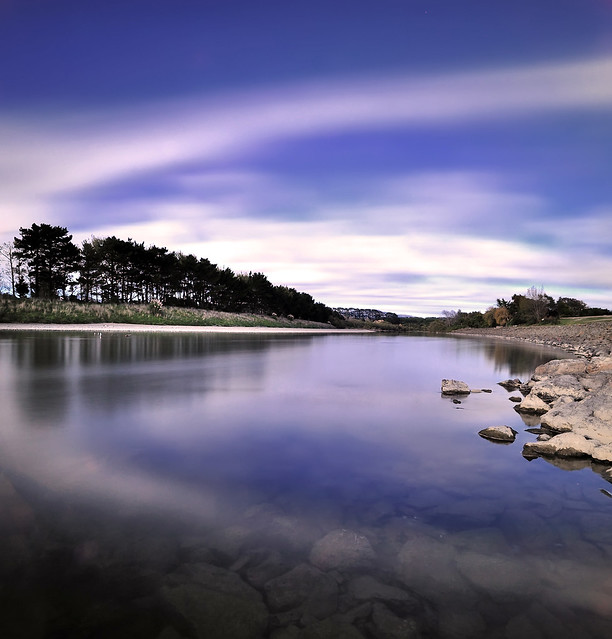
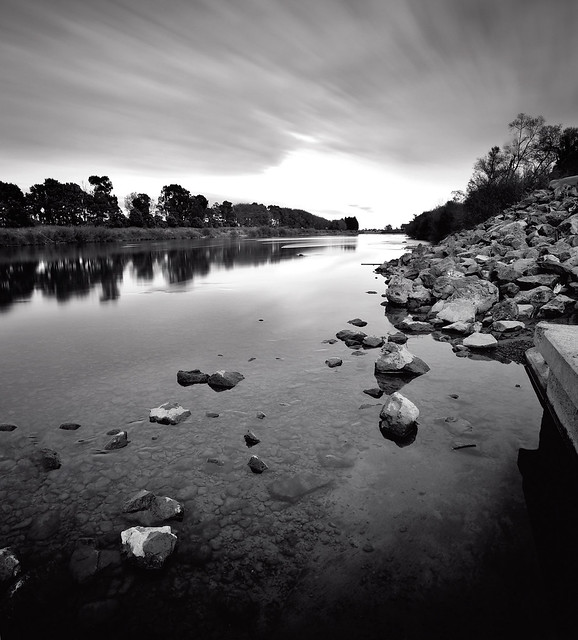
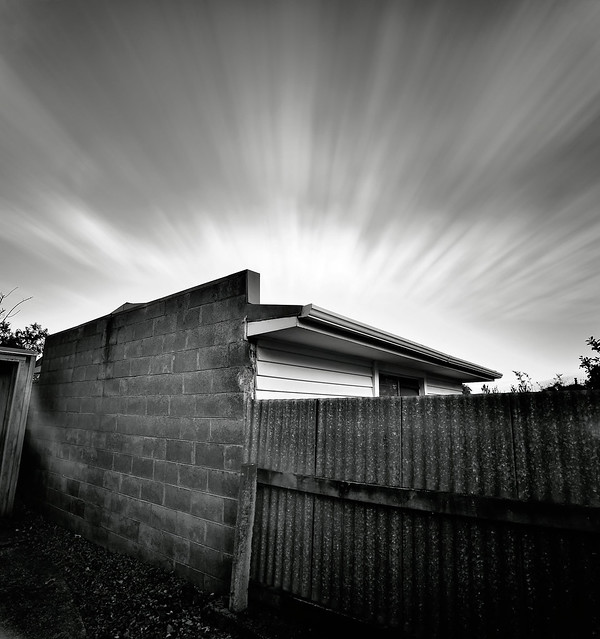
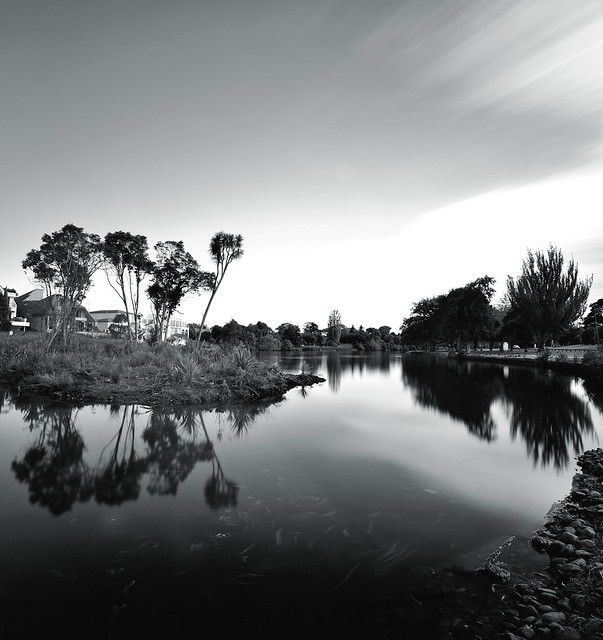
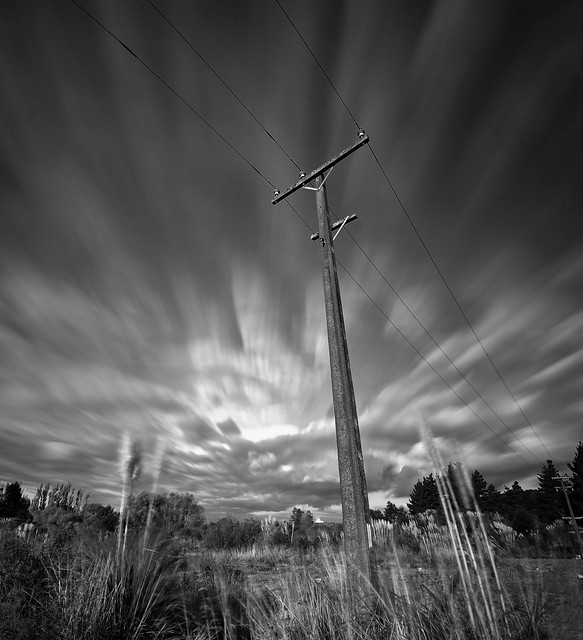
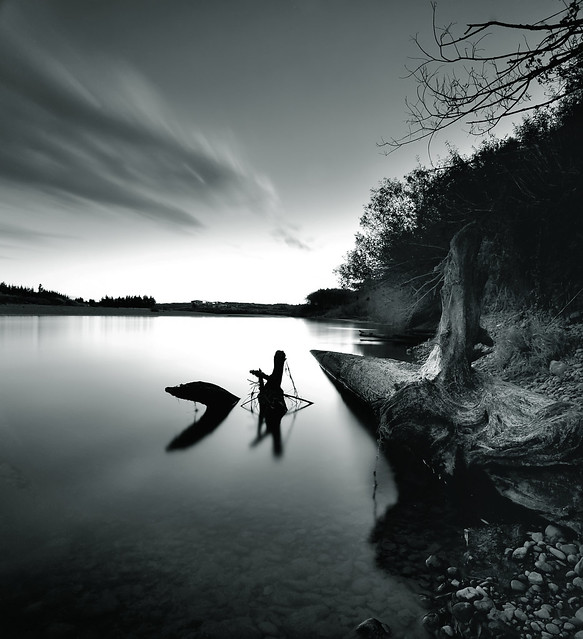
1 comment:
welding wellington is also one option which you can see.
Post a Comment